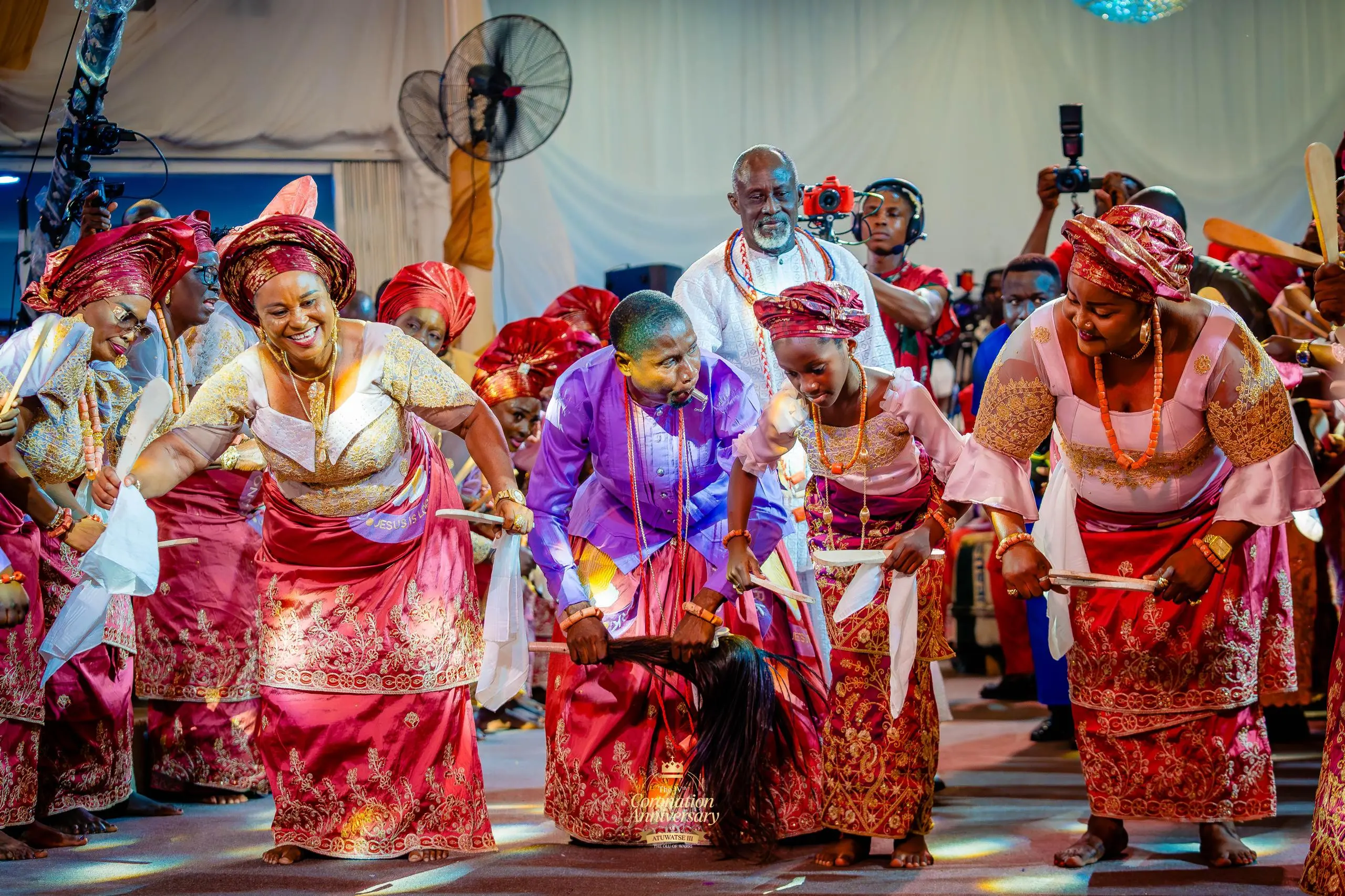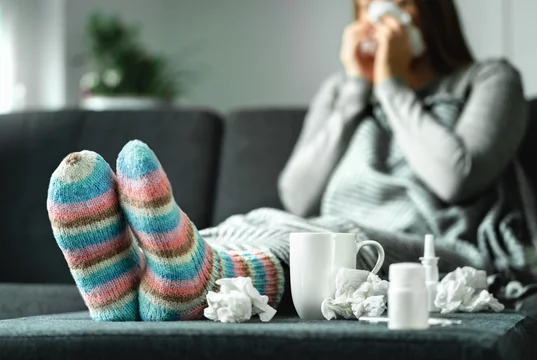- Judith Akatugba
- 0 Comments
- 605 Views
Everyone is aware of the health benefits of exercise. However, its advantages extend beyond the youthful, well-bodied, and physically fit. It’s also among the strongest barriers against the most challenging features of aging.
Research indicates that even moderate physical activity is beneficial for the brain, bones, muscles, and emotions in addition to improving heart and lung health. Lifelong exercise has been linked to several health benefits, including extending life expectancy, delaying the onset of 40 chronic illnesses or diseases, preventing cognitive decline, lowering the risk of falls, easing stress, anxiety, and depression, and maybe extending life.
Read Also: Bob Marley Biopic Hope to Influence The New Generations
According to aging expert Nathan LeBrasseur, a professor of physical medicine and rehabilitation at the Mayo Clinic in Rochester, Minnesota, “exercise is the best defense and repair strategy that we have to counter different drivers of aging.” Though he notes that “there’s clear evidence that exercise can activate the machinery necessary for DNA repair,” it cannot, in and of itself, reverse aging.
Naturally, it’s best to start and keep up your physical activity level as soon as possible. However, exercise is vital for everyone, regardless of age. Studies on the benefits of exercise for residents of nursing homes have shown increases in their mental, physical, and cognitive capacities.
LeBrasseur also points out that although the risk of Alzheimer’s disease, heart disease, Type 2 diabetes, cancer, and other aging conditions may not significantly rise until middle age or later, the biology underlying those conditions starts early in life. That trajectory will be determined by your genetics and the lifestyle choices you make, but these factors can affect your risk of disease at any time. The good news is that you don’t need to run a marathon or visit the gym to enjoy the anti-aging effects of exercise. As they say, “there’s no such thing as too little, too late.” If you engage in regular, moderate physical activity, such as walking your dog, gardening, or using the stairs instead of the elevator, you can reap both physical and cognitive advantages.
These are just a few of the ways that frequent exercise is good for your health, according to study.
1. It increases muscular strength
Sarcopenia is the term for the loss of muscular mass and strength associated with aging. Resistance training is one of the finest strategies, according to scientists, to help prevent that deterioration. It keeps your muscles strong and powerful, which is necessary for tasks like pushing a heavy door open or opening a jar. It also makes daily tasks like cleaning, cooking, and stair climbing easier. Additionally, it can lessen your vulnerability to illness, enhance your mood and mental well-being, and help you keep your independence for longer. The University of Alabama’s research team discovered that resistance training is both safe and beneficial for senior citizens, with very low injury rates that are consistent across all age groups and levels of intensity.
2. It increases the density of bones.
The body replaces lost bone mass with new bone tissue to maintain strong bones, but bone mass stops growing after age thirty. You gradually begin to lose more bone than you gain in your 40s and 50s. Exercise can help prevent osteoporosis, a disease that weakens bone and raises the chance of breakage as you age, and boost bone density when you’re younger.
The National Osteoporosis Foundation estimates that osteoporosis costs the health system $19 billion a year and puts nearly half of all persons 50 and older at danger of fracturing a bone. However, weight-bearing activity helps build stronger, more bone mass throughout life, so it doesn’t mean that getting older makes you helpless.
Walking and aerobics become especially crucial after menopause because osteoporosis affects women more often than men. Physical activity can help prevent bone loss even though elderly persons are not able to increase their bone mass. While low-impact activities like as swimming, yoga, and cycling do not directly impact bone loss, they can enhance balance and lower the risk of fractures and falls when paired with weight-bearing exercises.
3. Physical activity can extend telomeres
Like the tips on shoelaces, telomeres are the caps at the ends of DNA strands. As they age, their length shrinks, which plays a part in cell senescence, the loss of the ability to divide. Telomere length has been linked to a number of chronic illnesses, particularly heart disease, stroke, and high blood pressure. According to a number of studies, persons who engage in more physical activity tend to have longer telomere lengths than sedentary ones. This appears to be particularly true for senior citizens. But whether that association is causal is still unknown, and telomere length is probably influenced by a number of other processes. However, longer telomeres are generally seen to be beneficial for lowering the risk of age-related illnesses.
4. It can improve cognition
The National Institute on Aging states that having the capacity to quickly switch between tasks, organize an activity, and filter out extraneous information are all indicators of healthy cognitive function. One of the most promising strategies for enhancing cognitive function throughout life and lowering the risk of age-related cognitive decline is now thought to be physical activity. Although it is still too early to say for sure, evidence indicates that increased physical activity is associated with a lower incidence of dementia, including Alzheimer’s disease.
According to Steven Austad, senior scientific director of the American Federation for Aging Research and chair of the biology department at the University of Alabama in Birmingham, researchers studying the impacts of exercise are discovering a plethora of fascinating advantages. For instance, “myokines, which are small molecules that have all kinds of benefits in your brain, are produced by exercising muscle,” he claims. “We know that the quality of your sleep is related to the quality of your health, and it’s also one way to really improve the quality of your sleep.”
While there is still much to learn about the impact of exercise on the aging process, we do know that moving your body frequently—five times a week, for at least half an hour each day—is preferable to exercising less frequently. Exercise builds up over time; it’s not necessary to complete it all at once. As always, consult your doctor before beginning a new exercise regimen. And for the majority of people, a mix of resistance and aerobic training appears to offer the most advantages.











